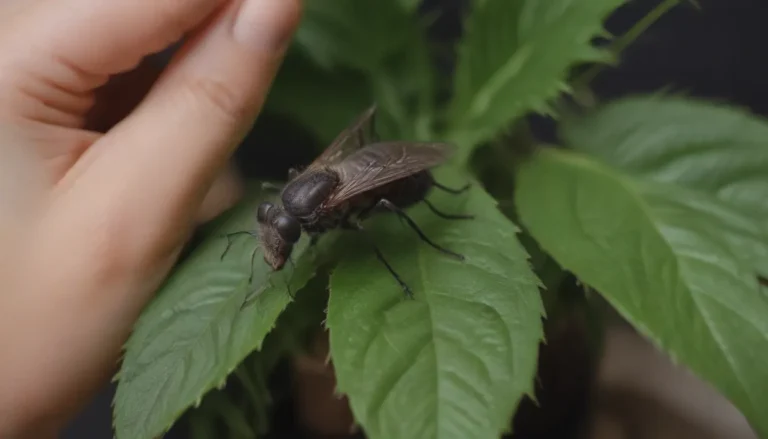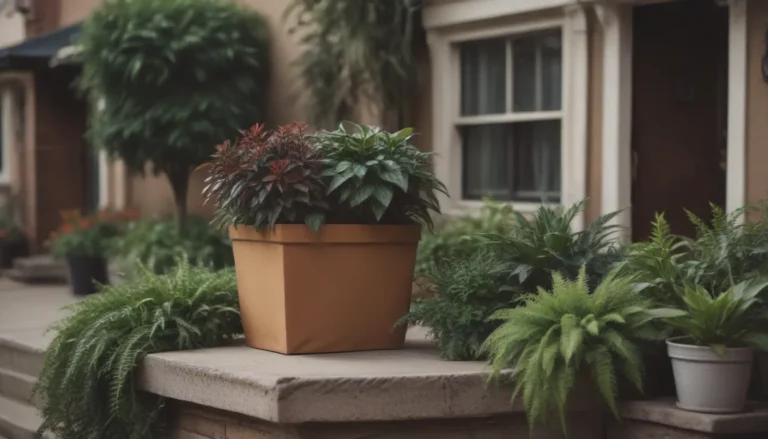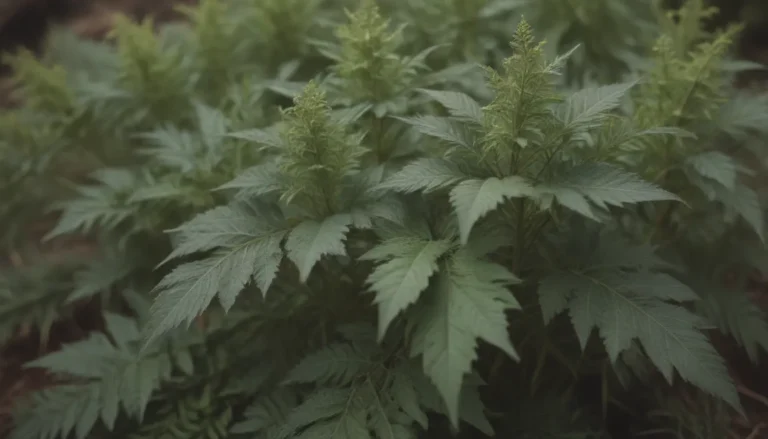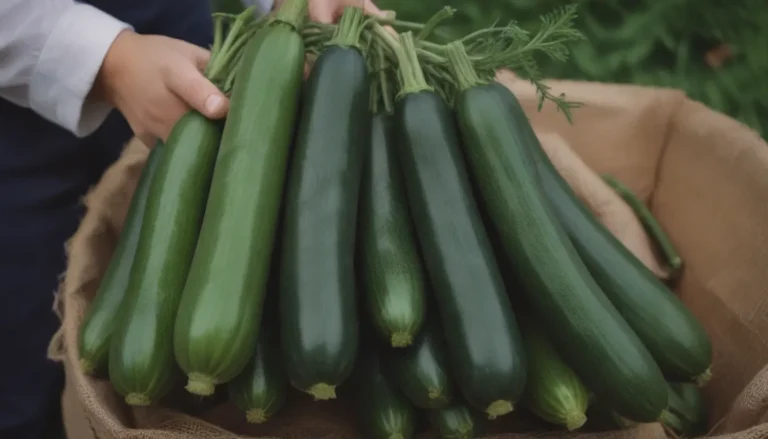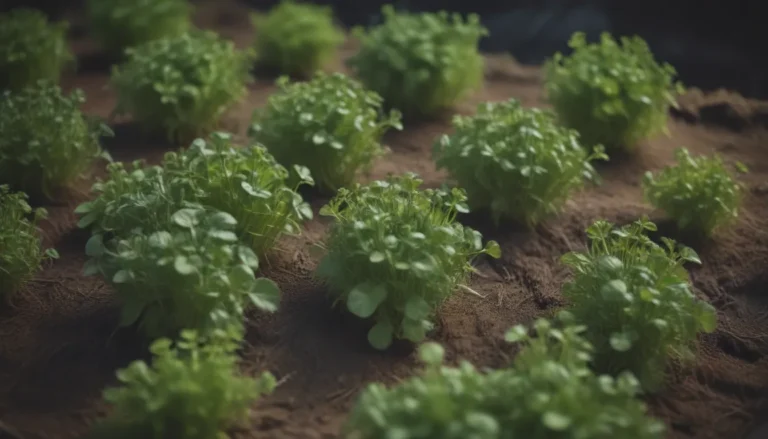Comprehensive Guide: Growing and Caring for Hibiscus
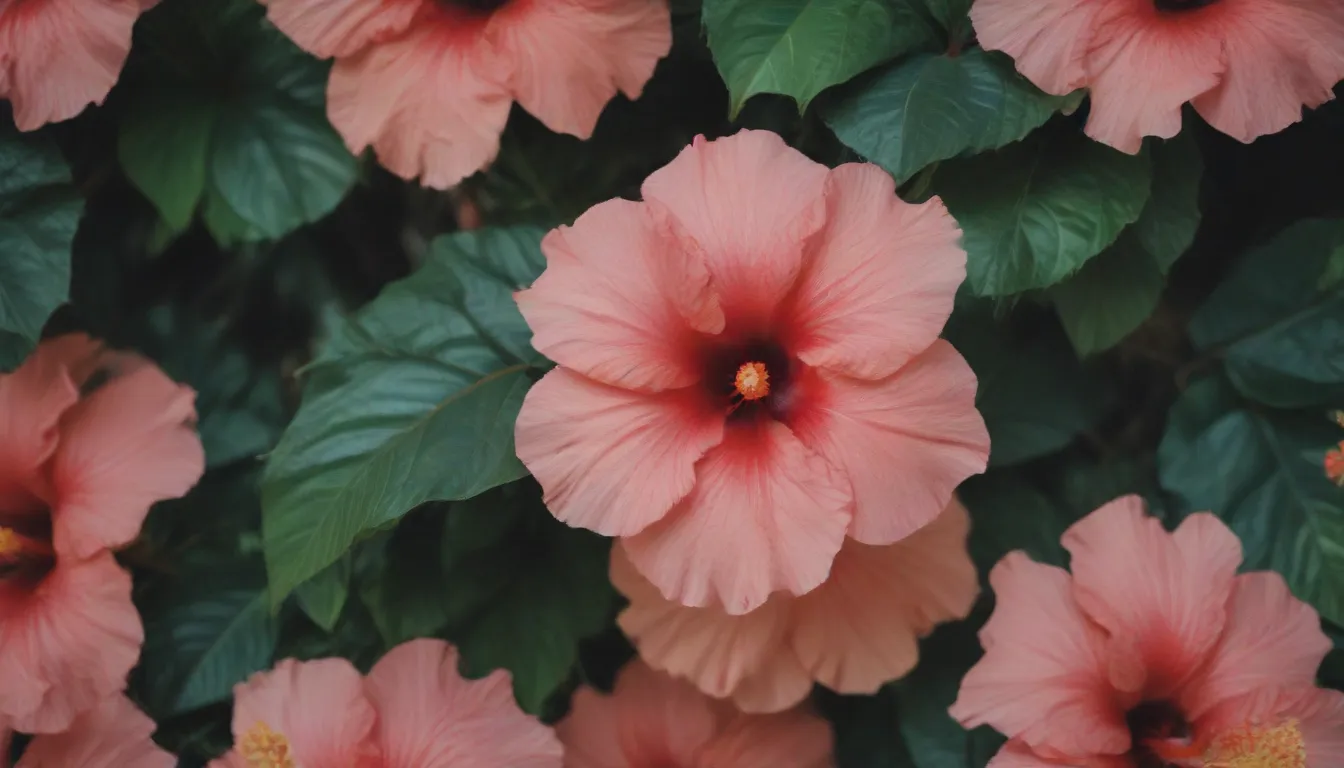
Are you interested in adding a burst of color to your garden with stunning hibiscus flowers? Whether you live in a tropical paradise or a temperate climate, hibiscus can thrive and enchant with their vibrant blooms. With over 200 species and countless hybrids, hibiscus plants offer a wide array of choices to suit your gardening needs.
Hibiscus Care: Tips for Thriving Plants
Taking care of your hibiscus plants is essential to ensure they grow healthy and produce beautiful flowers. The key to successful hibiscus care lies in understanding the specific needs of your plant, whether it is a hardy variety or a tropical species.
Light Requirements
Tip: Hibiscus plants adore bright conditions. In northern regions, full sun is ideal, while in the intense sunlight of southern areas, filtered sunlight is preferable. When growing hibiscus indoors, choose a sunny spot near a window, but avoid direct sunlight to prevent scorching.
Soil Quality
Tip: For optimal growth, hibiscus plants thrive in well-drained, fertile, and slightly acidic soil. Hardy varieties, which are wetland natives, are suitable for damp locations. Ensure your hibiscus has moist soil by watering regularly and applying mulch to retain moisture.
Watering Needs
Tip: Hibiscus plants are thirsty and require consistent moisture. Regular watering is crucial to keep them hydrated, especially during hot weather. For container-grown hibiscus, water when the top inch of soil is dry. Reduce watering during the winter dormant period.
Temperature and Humidity
Tip: Different hibiscus species have varying temperature tolerances. Hardy hibiscus prefers cooler climates, withstanding temperatures down to -30 degrees F. Tropical varieties need protection from freezing temperatures and thrive in high humidity. Consider bringing container-grown hibiscus indoors in cooler weather.
Fertilizing Routine
Tip: To promote healthy blooms, feed your hibiscus with a fertilizer that is moderate in nitrogen, low in phosphorus, and high in potassium. Apply water-soluble fertilizer weekly for hardy or tropical hibiscus and use granular slow-release fertilizer as needed.
Hibiscus Varieties: Exploring Different Types
Hibiscus enthusiasts have a wide selection of species to choose from, each offering unique features and characteristics. Some popular hibiscus types include:
- Tropical Hibiscus (Hibiscus rosa-sinensis)
- Hardy Hibiscus (Hibiscus moscheutos)
- Swamp Hibiscus (Hibiscus coccineus)
- Cotton Rose (Hibiscus mutabilis)
Pruning and Propagating
Pruning your hibiscus plants annually can encourage new growth and flower production. Consider propagating your hibiscus through stem cuttings or seeds, following specific guidelines based on the plant type.
Potting and Overwintering
Tip: Repot potted hibiscus every couple of years in early spring to provide adequate space for root growth. Ensure the pot is wide but shallow to promote flower production. Bring tropical hibiscus indoors during winter, keeping them in a warm, well-lit area.
Common Pests and Diseases
Hibiscus plants are relatively resilient but may encounter issues such as red spider mites or aphids. Maintain high humidity levels to deter pests and keep your hibiscus healthy.
Blooming Tips and Maintenance
Tip: Encourage blooming by providing ample sunlight, fertilizing regularly, and deadheading spent flowers. Pruning after the first bloom can stimulate a second round of flowering.
Troubleshooting Common Problems
Watch out for yellowing leaves, bud drop, or other issues that may indicate your hibiscus needs attention. Addressing problems promptly can help your plants thrive and flourish.
Additional Plant Suggestions
Consider trying hardy hibiscus varieties for easier growth and maintenance. With the right conditions, hibiscus plants can establish and bloom within a few years, adding beauty to your garden for decades to come.
Conclusion
Growing and caring for hibiscus plants can be a rewarding experience, providing you with stunning blooms and vibrant colors to enhance your garden. By understanding the specific needs of your hibiscus variety and following these care tips, you can enjoy healthy, thriving plants that bring joy and beauty to your outdoor space.
For more gardening advice and tips, sign up for our free gardening newsletter and explore the world of hibiscus gardening to create a stunning landscape filled with tropical charm and natural beauty.
